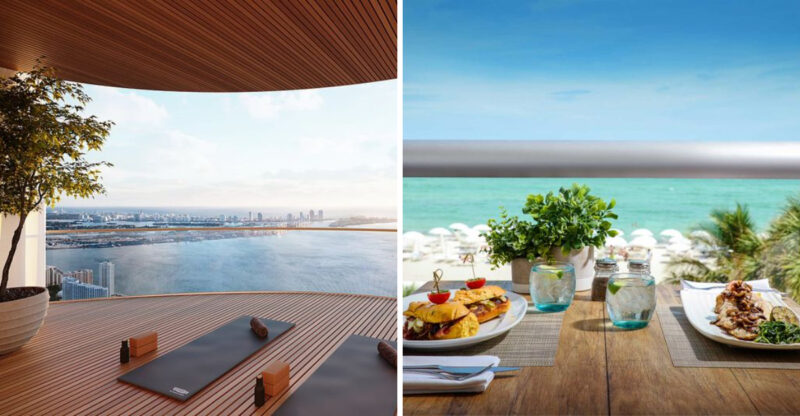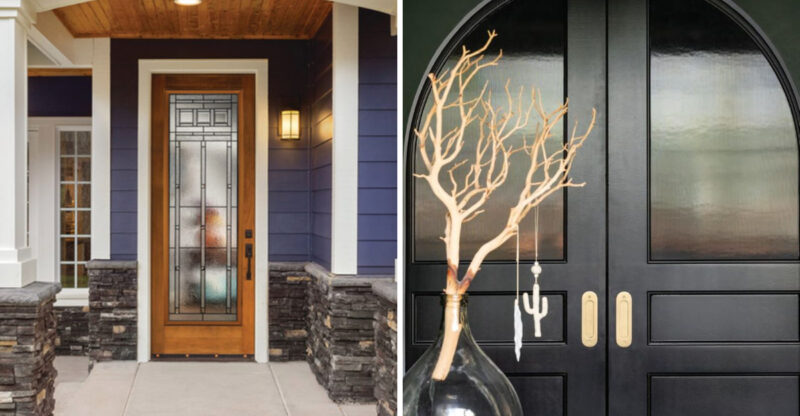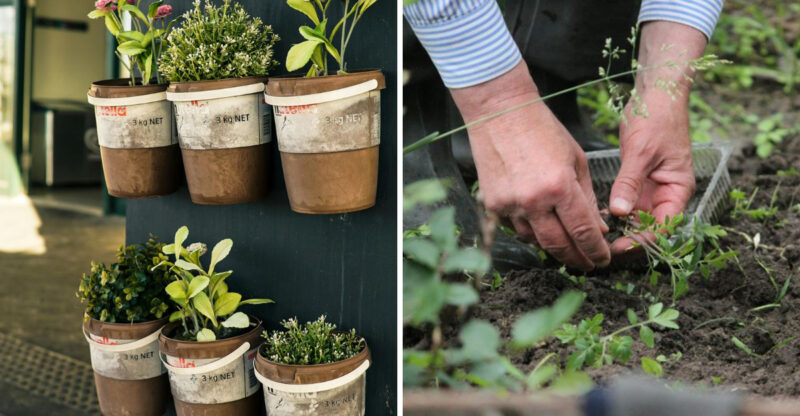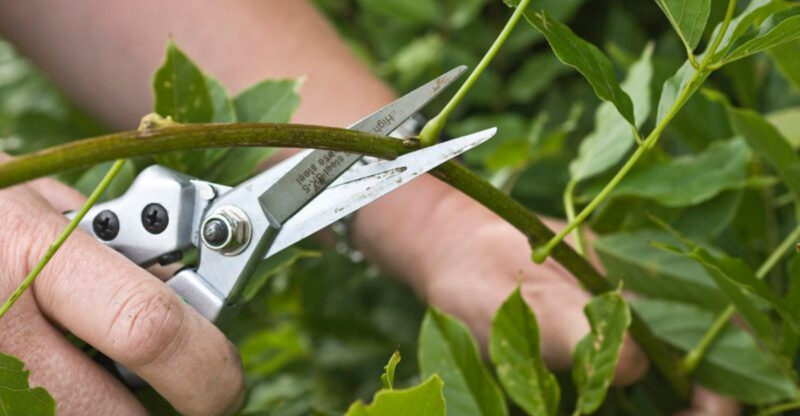10 Yard Mistakes That Could Lower Your Home’s Value
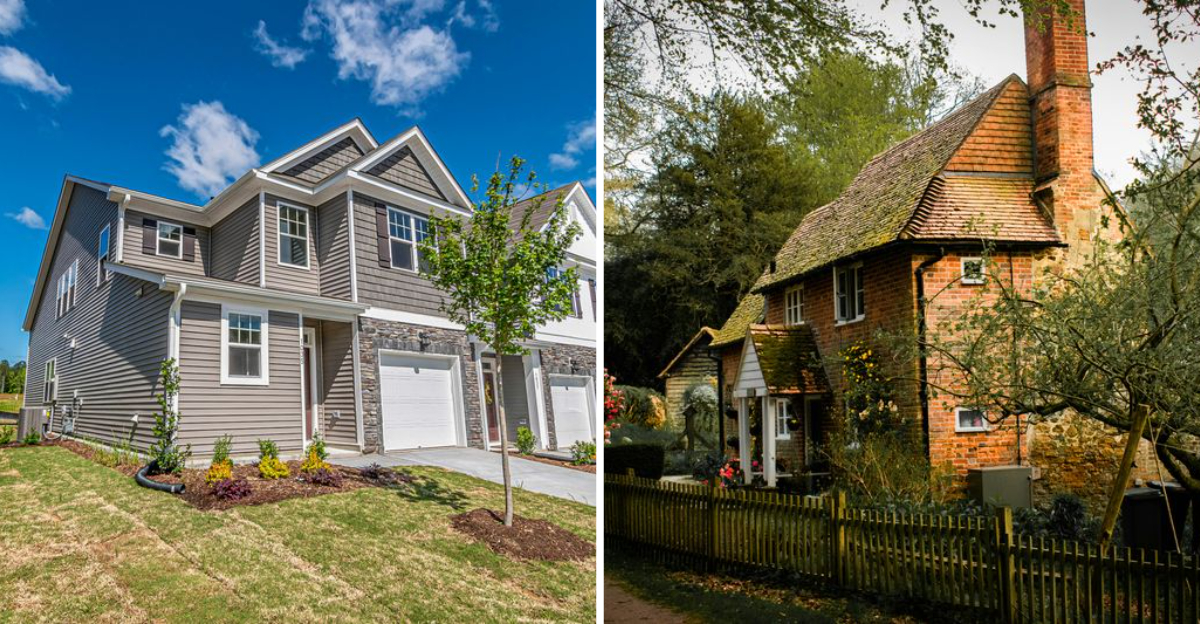
Your yard is the first thing potential buyers see when they approach your home. First impressions matter a lot in real estate, and a neglected yard can instantly turn off buyers and decrease your property value.
Simple maintenance oversights might be costing you thousands in home equity without you even realizing it. Let’s look at the most common yard mistakes homeowners make that could be silently lowering their home’s value.
Keep in mind, the impact of these mistakes can vary depending on your local market and neighborhood expectations.
1. Overgrown Shrubs And Trees
Massive shrubs blocking windows aren’t just unsightly they’re red flags to potential buyers. When plants grow too large, they can damage your home’s foundation, scratch siding, and create dark, dreary rooms inside.
I’ve seen homes where trees grew so close that their roots cracked foundations and branches damaged roofs during storms. That’s thousands in repairs right there! Plus, overgrown vegetation can create perfect hiding spots for critters or potential intruders.
Regular pruning keeps your landscape in check and protects your investment. Aim to trim back shrubs at least twice yearly and keep trees at least 3 feet from your home’s exterior to maintain curb appeal and structural integrity.
2. Neglected Lawn Maintenance
Weedy, patchy lawns tell buyers you don’t care about your property. If you can’t handle basic grass upkeep, what else might be neglected?
Brown spots, dandelion fields, and grass tall enough to hide small pets all signal maintenance headaches to prospective homeowners. When I drive through neighborhoods, the homes with vibrant, healthy lawns instantly appear more valuable. It’s not just about aesthetics neglected lawns can harbor pests, develop drainage issues, and eventually require costly rehabilitation.
Weekly mowing during growing season, seasonal fertilizing, and addressing bare patches promptly will keep your lawn looking its best. This simple routine can preserve thousands in property value while creating an inviting first impression.
3. Cluttered Pathways And Walkways
Are your garden hoses sprawled across walkways? Do toys, tools, and random objects line your paths? This everyday clutter doesn’t just look messy it actively devalues your property by creating safety hazards and suggesting inadequate storage.
I recently visited a lovely home where the beautiful stone pathway was completely obscured by children’s bikes, gardening equipment, and various outdoor items. Despite the home’s charm, the cluttered approach made the entire property feel cramped and poorly maintained.
Keeping pathways clear creates a welcoming approach and showcases your home’s accessibility. Consider adding proper storage solutions like decorative bins, a small shed, or designated areas for frequently used items to maintain clear, appealing walkways that enhance rather than detract from value.
4. Untrimmed Hedges
Hedges gone wild create an immediate impression of neglect! Unlike other landscaping elements, untamed hedges particularly stand out because they’re meant to have clean, defined shapes. When left untrimmed, they transform from elegant borders into shaggy, unkempt boundaries.
Did you know that properly maintained hedges can increase property value by up to 3.6%? It’s true! Well-kept hedges define spaces beautifully and create a sense of privacy that buyers value tremendously.
Trimming hedges twice yearly (spring and late summer) maintains their shape and health. For formal hedges, consider investing in a hedge trimmer with a level to achieve those crisp, straight lines that instantly elevate your landscape’s appearance and contribute to a polished, well-maintained property impression.
5. Dead Or Dying Plants
Nothing screams neglect louder than brown, withered plants dotting your landscape. Dead vegetation doesn’t just look bad it signals to buyers that maintaining the yard will be work they’d rather avoid. Those crispy brown shrubs might as well be flashing neon signs saying “This property needs help!”
I once showed a beautiful home with perfect interiors, but the yard was filled with dead plants in expensive containers. Potential buyers couldn’t see past the “plant graveyard” and assumed hidden problems existed elsewhere too.
When plants begin failing, promptly remove them rather than letting them linger. Replace dead specimens with native, drought-tolerant options suited to your climate for a consistently fresh look that requires minimal maintenance a selling point that actually increases property value!
6. Poor Drainage Solutions
Water pooling around your foundation isn’t just unsightly it’s a serious red flag for home inspectors and buyers alike! Standing water creates mosquito breeding grounds, damages foundations, and can lead to basement flooding that costs thousands to repair.
If rain causes mini-lakes in your yard that take days to disappear, you’ve got a problem that’s actively decreasing your home’s value. Proper grading directs water away from structures, while strategic drainage solutions prevent erosion and water damage. French drains, rain gardens, and correctly positioned downspout extensions can transform problem areas into assets.
These improvements typically cost between $500-$3,000 but can prevent foundation damage exceeding $10,000 making them among the smartest investments for maintaining property value and preventing the dreaded “water issues” label that scares away potential buyers.
7. Worn-Out Fencing
Leaning, splintered fences with missing pickets broadcast neglect throughout your entire property. Though you might have grown accustomed to that tilting fence post or peeling paint, potential buyers see it immediately as a repair they’ll need to handle.
How much does fence condition matter? According to real estate experts, quality fencing can increase property values by 1-2%, while deteriorating fences have the opposite effect. That sagging gate doesn’t just look bad it suggests structural issues and ongoing maintenance headaches. Fence restoration doesn’t always require complete replacement.
Sometimes, replacing a few posts, tightening hardware, and applying fresh stain or paint can transform your boundary from an eyesore into an asset. For wooden fences, pressure washing and sealing every 2-3 years prevents the weathered, gray appearance that signals neglect to prospective buyers.
8. Cracked Driveways Or Sidewalks
Those hairline cracks in your concrete might seem minor, but they’re major turnoffs for potential buyers. Cracked, uneven surfaces create instant negative impressions, suggesting neglect and future expenses. They also present legitimate safety hazards that can trigger liability concerns.
When walking properties with clients, I’ve watched their enthusiasm deflate at the sight of fractured concrete. Beyond aesthetics, these cracks often worsen over time as water penetrates and freezes, creating expensive problems down the road. Addressing minor cracks early with concrete patching compounds can prevent bigger issues.
For serious damage, resurfacing costs less than complete replacement while dramatically improving appearance. Even simple pressure washing can rejuvenate concrete surfaces, removing years of grime and improving curb appeal without major investment a weekend project that pays significant dividends in perceived property value.
9. Mismatched Outdoor Furniture
That plastic chair next to the wrought iron table beside the wooden bench? It’s creating visual chaos in your outdoor space! Mismatched, worn outdoor furniture suggests temporary solutions and lack of cohesion exactly what buyers don’t want to see.
Outdoor living spaces have become essential selling features, with well-designed patios potentially adding 8-10% to home values. When furniture appears collected from various garage sales or left to weather unevenly, it undermines the perceived value of these important areas. If budget concerns prevent purchasing matching sets, consider unifying existing pieces with weather-resistant spray paint in complementary colors.
Alternatively, focus on creating one polished seating area rather than several incomplete groupings. Even inexpensive furniture appears intentional when arranged thoughtfully with coordinating outdoor pillows and a simple container garden nearby creating valuable “outdoor rooms” that expand living space and increase property appeal.
10. Lack Of Cohesive Landscaping Design
Random plants scattered without purpose create a disjointed, amateur appearance that sophisticated buyers immediately notice. When there’s no visual flow between landscape elements when that Japanese maple sits awkwardly next to desert succulents and tropical plants it suggests impulsive decision-making rather than thoughtful design.
Homes with cohesive, intentional landscaping can command 5-12% higher prices than identical homes with haphazard plantings. Professional-looking landscapes follow basic design principles: repetition of key plants, color harmony, and appropriate scaling. Creating cohesion doesn’t require expensive redesigns.
Simply grouping similar plants together, repeating certain varieties throughout your yard, and ensuring color compatibility between blooming plants can transform a random collection into a deliberate design. Focus on creating “moments” where the eye naturally rests, using focal points like specimen trees or architectural elements to guide viewers through your landscape.

